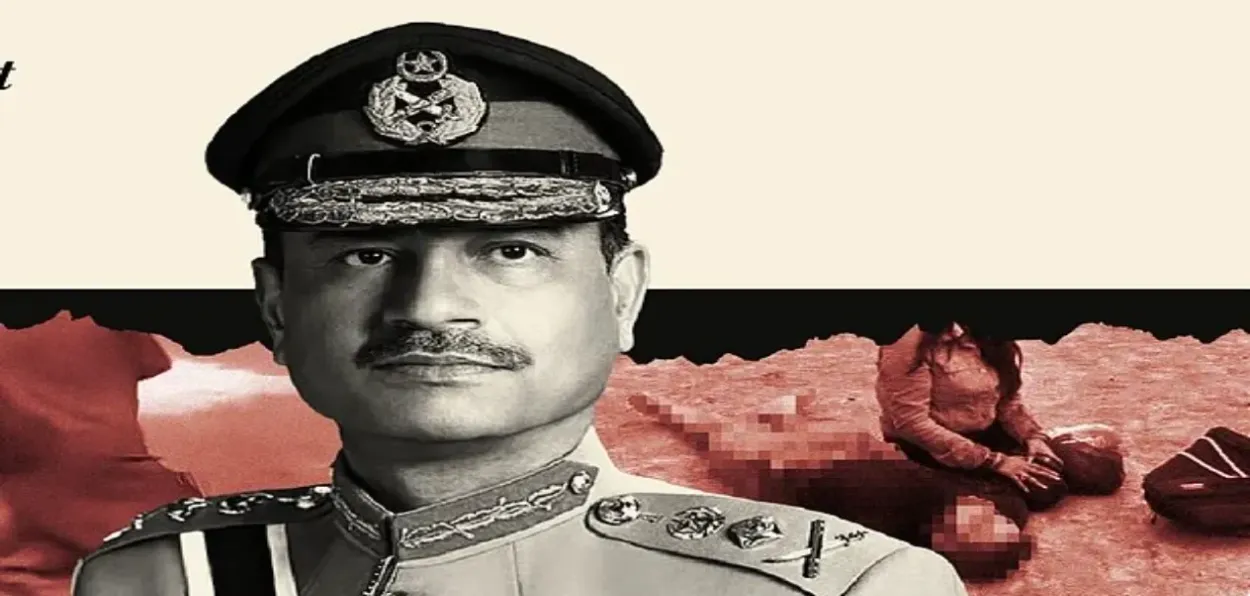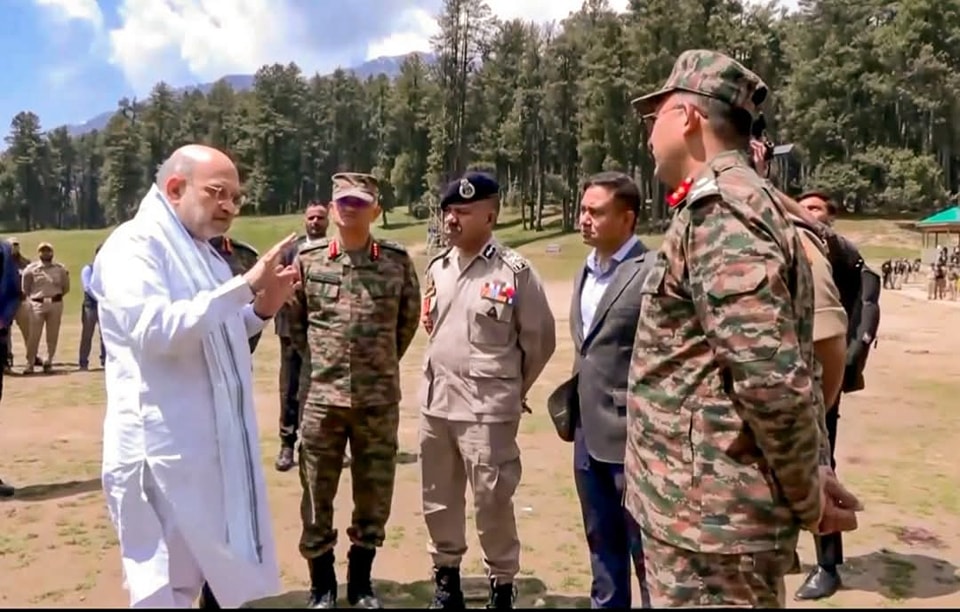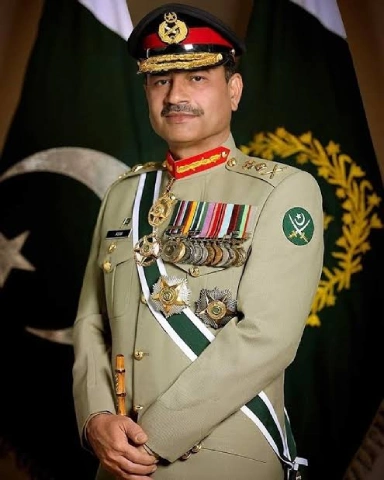
Is the Pahalgam attack the first one where terrorists killed innocents for religion? Are all the people of Kashmir supporters or collaborators of the Pakistan-backed terrorists? Are all Kashmiris respectful and kind towards tourists, whose footfall in the Valley increased dramatically during the last few years?
These questions have popped up in the minds of people across India after the Pahalgam massacre of 25 tourists and a local service provider.
As a Kashmiri, an eyewitness, sufferer, and reporter of the events that have unfolded in Kashmir since the nineties, I qualify to answer these with clarity sans jingoism.
Raised after the terrorist attack on tourists in Pahalgam, a narrative that a Kashmiri would never kill for religion is flawed and flows from mass amnesia. The armed rebellion or ‘tehreek’ (the movement) in Kashmir was always about religion. It was Islamic militants representing Pakistan and pro-Pakistani elements versus the others – pro-India, nationalists, neutral, secularists, half-secularists, and regular apolitical Kashmiris. The early phase of targeted killings by Hizbul Mujahideen and JKLF terrorists led to an exodus of 3.5 lakh Hindus and many Muslim families, including privileged leaders like Farooq Abdullah and his family, from the Valley.

Home Minister Amit Shat at Baisaran after the April 22 terrorist attack in which 26 person were killed
The eruption of Islamic-cum-pro-Pakistan mass movement in Kashmir in the late eighties was unprecedented, but the fact is that a pro-Pakistan fringe had always existed there. Since J&K's accession to India following an armed attack by a just-born Pakistan in October 1947, this group maintained a low-key presence in the face of a dominating political narrative; they dare not speak against a culture where Hindus and Muslims lived as neighbours, Muslims remembered their Hindu ancestors, and both paid obeisance at Sufi shrines.
Pakistan, born as it was out of Mohammad Ali Jinnah’s idea that Hindus and Muslims are different and can’t coexist, never quite gave up its quest for Kashmir. After many failed covert operations, it propped up terrorism and religious extremism in Kashmir in the late eighties. At the arms training camps inside POK, the Kashmiri youth were indoctrinated into believing that Islam is a supreme religion and others have to concede to it or perish.
In the coming years, a plethora of terror groups with Islamic names popped up across the Valley, their gunmen targeted all those who did not quite believe in the philosophy of Kashmir banega Pakistan and Islam's dominance.
A boatman offers a flower to tourists as a welcome gesture in the Dal Lake of Srinagar
Every Friday, reporters received the news from the Srinagar Police control room about a prominent political leader being shot dead as he came out of the mosque after offering prayers. Families grieved, and more Muslims slipped into submission to the terrorists’ narrative to save their families. As the Hindus had left the valley by mid-1991, the terrorists mercilessly killed Muslims – politicians, influential people, doctors, actors, and professors.
So, when Pakistan Army Chief General Asim Munir spoke like a cleric before a group of overseas Pakistanis in Islamabad about how Muslims are different “in every aspect of life” from Hindus and how this was the basis of his country, he was echoing the same philosophy that ISI had drilled into the minds of Kashmiri youth.
 Kashmir is the only place in India where three lakh natives –Kashmiri Pandits - were driven out of their homes through the philosophy of ‘raliv, galiv, ya chaliv’ (mingle by converting to Islam or face death otherwise leave) from mosques. Didn’t Asim Munir mean the same through his recent rant?
Kashmir is the only place in India where three lakh natives –Kashmiri Pandits - were driven out of their homes through the philosophy of ‘raliv, galiv, ya chaliv’ (mingle by converting to Islam or face death otherwise leave) from mosques. Didn’t Asim Munir mean the same through his recent rant?
Carrying out Pakistan’s Kashmir plan, the terrorists converted Reshae waer (Abode of Rishis) into a blood-drenched Valley. Of course, Kashmiri Pandits were killed and hounded out of the Valley, but, I was also witness to the countless killings of Muslims who, in the eyes of their killers - and also Asim Munir - were not good enough Muslims since they didn’t conform to the ideas of Islamic supremacy and exclusivity of Islam.
They have no answers to the question often raised by saner Muslims, who is a good Muslim- the one who believes in the supremacy of the religion or the one who believes in following Islam in its true spirit?
To know how terrorists – initially Kashmiris and later groups led by Pakistani mercenaries – killed Hindus, Sikhs, and abducted Christians and Jews, readers can Google search names like Wandhama, Chittisinghpura, Nandimarg, etc. to know that they slaughtered men, women, and children in the name of religion and for religion.
In July 1995, a group of 40 terrorists abducted six Western tourists in the Liddarwat area of Pahalgam. They belonged to Harkat-e-jihadi Musalmeen, an earlier avatar of Jaish-e-Muhammad founded by Maulana Azhar Masood (the fat terrorist ideologue who was released in exchange for passengers of the Kandhar hijack). The group beheaded one Norwegian, Hans Christian Ostrø, a month later; an American, John Childs, managed to escape while the rest were never found and presumed dead.
Four years before this, terrorists of the same organization abducted 10 Israelis from houseboats in Dal Lake. It’s another matter that the conscripted Israelis turned the tables on their captors, snatched their guns, killed three, and managed to flee. One Israeli tourist was killed in the gun battle in the alleys of Srinagar downtown.
A local passing in front of a Kashmiri Pandit's house in Wandhama, where 23 Hindus were killed
To label all Kashmiris as terrorist sympathizers amounts to insulting the sacrifices of Muslims who laid down their lives defending the freedom of all Indians and fighting terrorists and the creed of raliv, galiv ya chaliv.
It's a harsh reality of Kashmir that many locals are working as guides, and coolies, and playing hosts to the terrorists, but the more dangerous are the Overground workers (OGWs) of their organisations. The OGWs are embedded in the government and society as students, religious scholars, traders, etc. Their network is yet to be dismantled fully, and it is the key to ending terrorism.
A Kashmiri woman selling makki ki roti and Kashmiri nun chai (salt tea) at Doodhpathri
Even more dangerous are the black sheep who, for political reasons, are trying to instill a sense of separatism, victimhood, and confusion among the new generation of Kashmiri Muslims. Some work secretly through the internet, while others do it openly, misusing “democracy, freedom of speech, and right to dissent.” They are mostly politicians of Kashmir who want to keep the ghosts of the past alive. They hate smiles on the faces of youth.
The answer to the third question over the Pahalgam attack is that the people of Kashmir are as good or bad tourism operators as anywhere else. Some do fleece the gullible tourists and overcharge them for stuff and services. However, the influx of tourists to Kashmir has empowered a new class of Kashmiris.
ALSO READ: Muslims always rebuffed Pak's war cry of 'Islam in danger' to attack India
The tourists must come to defeat the purpose of terrorists and Asim Munir; they must come so that the hearths at the homes of Pahalgam’s Gujjar-Bakerwals and Pahadi communities keep burning. They must come to bring smiles on the faces of Dal Lake's shikarawallas, and the Bakerwal women who sell makki ki roti and namkeen chai to tourists at Dhoopathri.
The author has reported from Kashmir during the peak of terrorism in the decade of the nineties
